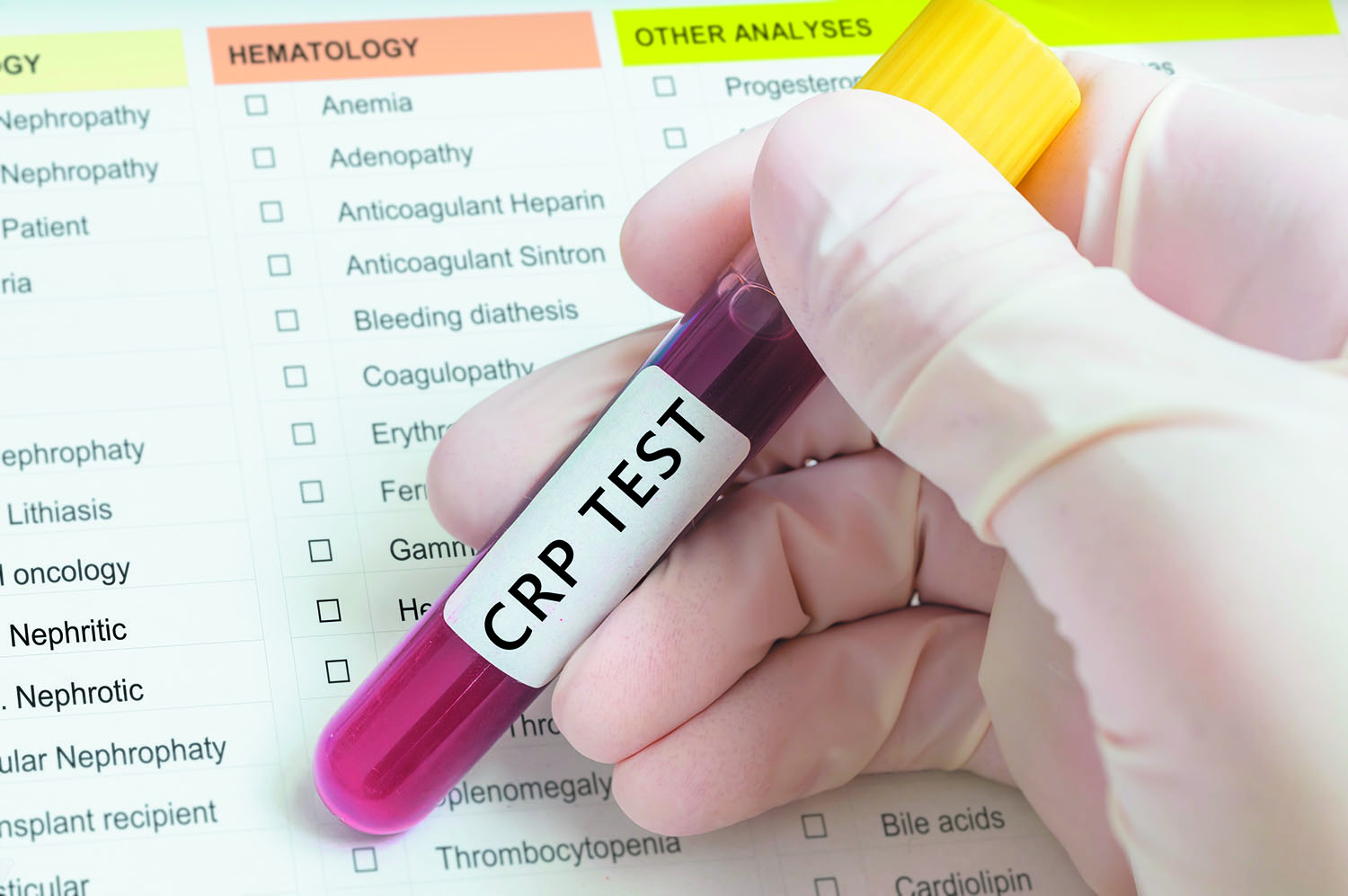Medical Reviewers: Glenn Gandelman MD MPH, Lu Cunningham, Mandy Snyder APRN
Most Americans eat too much fat and too many calories. Along with a lack of exercise, this has led to an epidemic of obesity and diabetes. It's also contributed to keeping heart disease as the leading cause of death in the U.S. But what about omega-3 fatty acids?
Omega-3s are a helpful and important form of fat, one that your body needs but can't make. Although your body needs 2 forms of omega fatty acids, omega-3 and omega-6, it is the omega-3s that get high marks from researchers. They believe that omega-3s help prevent coronary heart disease (CHD) in healthy people and slow progress of the disease in those who already have it.
Diet and heart disease
CHD is caused by atherosclerosis. This is a long-term process in which fatty deposits called plaque buildup on the inside of the coronary arteries. These are the blood vessels that supply the heart muscle with oxygen and nutrients. Over time, the coronary arteries become so narrow that the flow of blood to the heart muscle is decreased or easily blocked by plaque or a blood clot. CHD can cause chest pain, called angina, heart attack, or cardiac arrest.
Atherosclerosis starts when the inside wall of an artery is damaged by inflammation or high levels of cholesterol and triglycerides. Triglycerides is another form of fat in your blood. A diet high in fat, especially saturated fat, increases cholesterol and triglycerides. Artery damage can also be caused by high blood pressure, tobacco smoke, or diabetes. Keep your cholesterol and triglycerides at or below recommended levels. This could help prevent heart disease. According to the National Heart, Lung, and Blood Institute, that means a total cholesterol level of less than 200 mg/dL and a triglyceride level of less than 150 mg/dL.
Where omega-3s come in
To lower your levels of cholesterol and triglycerides, stay at a healthy weight, do moderate to intense physical activity most days of the week, and eat a diet rich in vitamins, minerals, and fiber. Don't eat foods that are high in sugar. Also don't drink a lot of alcohol. This will help prevent high levels of triglycerides. Include fish containing omega-3 fatty acids at least twice a week.
In the average American's diet, about 20% of calories that come from fat are omega-3 and omega-6 fatty acids. Most of the omega fatty acids are omega-6s. Experts have found that people who eat foods with high levels of 2 of the omega-3 fatty acids, eicosapentaenoic acid (EPA), and docosahexaenoic acid (DHA), have low rates of CHD.
EPA and DHA are also called marine omega-3s because they are found in fatty fish like mackerel, lake trout, herring, sardines, albacore tuna, and salmon. They are also in supplements called fish oils. Another source for EPA and DHA is alpha-linolenic acid. This is found in soy and canola oils, flaxseed, walnuts, and other nuts. It can be changed into omega-3 fatty acids in the body, but its benefit in preventing heart disease is not as clear.
Here's how experts believe omega-3 fatty acids may reduce the risk for CHD by:
- Lowering the risk for abnormal heart rhythm, which can lead to sudden cardiac death
- Lowering triglyceride levels
- Reducing the growth rate of plaque that clogs blood vessels
- Lowering blood pressure slightly
- Helping prevent inflammation of the blood vessels and formation of blood clots











